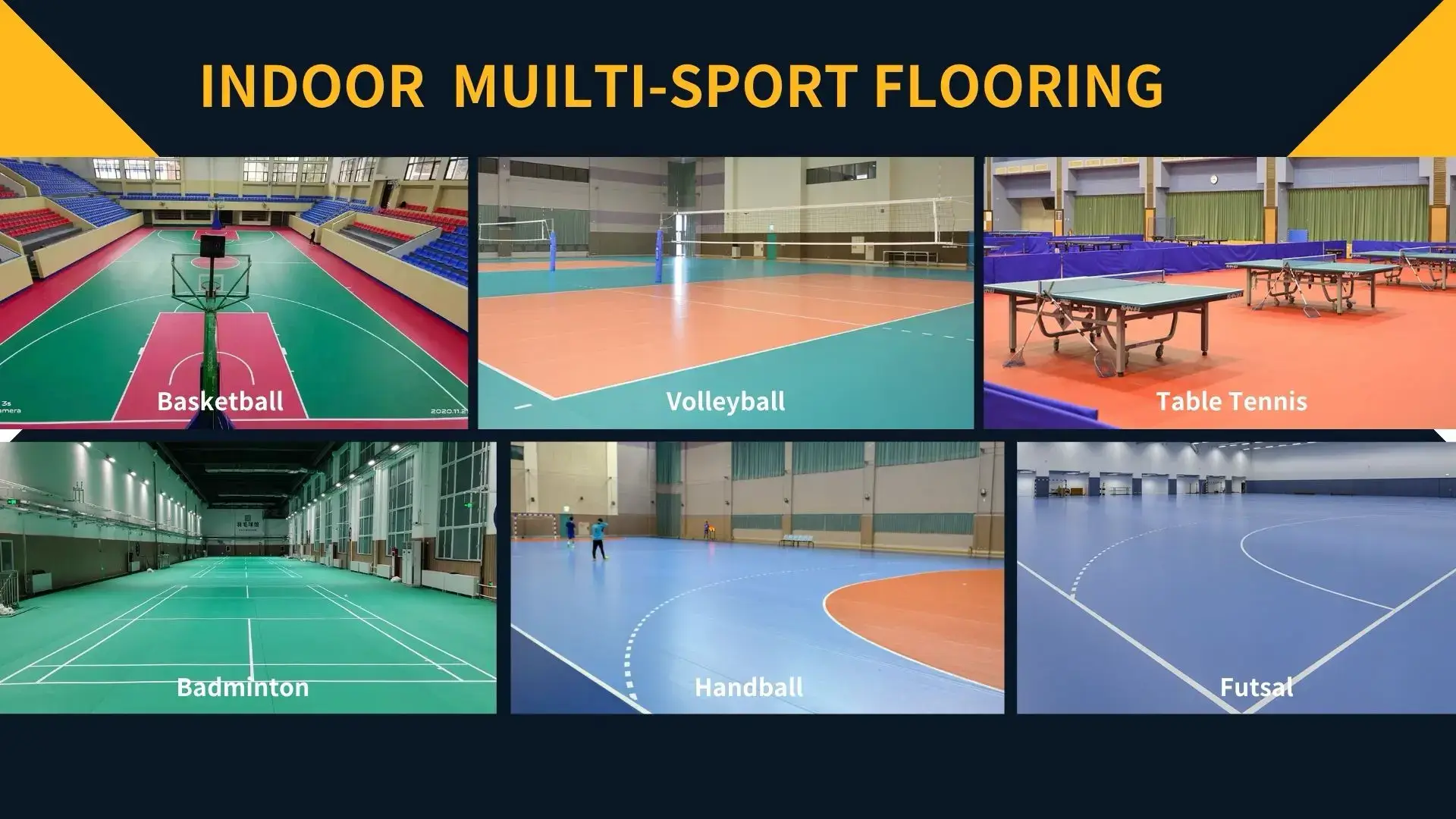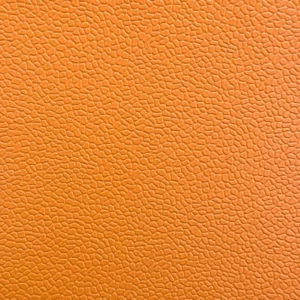From the dusty concrete slabs to the slick and high-tech surfaces we see in modern basketball courts, the evolution of these sporting arenas has been nothing short of remarkable. As the game of basketball evolved over the years, so too did the playing surfaces. Gone are the days of backyards with makeshift hoops and cracked concrete courts. Today, state-of-the-art basketball courts boast innovative materials and designs that prioritize player safety and performance. In this article, we will delve into the fascinating journey of basketball court evolution, exploring how the surfaces have progressed to meet the demands of the game and its players.
With advancements in technology, basketball courts have now become more than just a place to shoot hoops. They are the battlegrounds where athleticism, skill, and strategy converge. The transition from concrete slabs to modern surfaces has not only enhanced the playing experience but also contributed to the safety and longevity of players’ careers. Join us as we trace the development of basketball courts and gain a deeper appreciation for the craft and artistry that goes into creating these dynamic sporting arenas.

The early days of basketball courts
In the early days of basketball, the game was played on a variety of surfaces. It was not uncommon to see games taking place on grassy fields, dirt lots, or even cobblestone streets. However, as the popularity of the sport grew, there became a need for designated playing areas that could accommodate the fast-paced nature of the game. This led to the development of more structured basketball courts.
Early basketball courts were often made of compacted dirt or gravel. These surfaces provided some level of stability and allowed players to move around more freely than on grass or cobblestone. However, they were far from ideal. The uneven terrain made dribbling and shooting difficult, and falls were common due to the lack of cushioning.
The transition to concrete slabs
As basketball gained traction and became an organized sport, the need for more standardized playing surfaces became apparent. This led to the transition from dirt and gravel to concrete slabs. Concrete offered a level and solid surface for players to showcase their skills. It provided better traction, making it easier to change direction and execute precise movements.
Concrete courts became the norm in many communities, and they were a significant improvement over the previous makeshift surfaces. However, they still had their limitations. Concrete was unforgiving, and falls on the hard surface could result in injuries. Moreover, the lack of shock absorption put strain on players’ joints, leading to long-term health issues.

Advancements in basketball court materials
In recent decades, synthetic surfaces have become increasingly popular in basketball court construction. These surfaces are typically made of rubber or polyurethane and offer a range of benefits over traditional materials. Synthetic courts provide excellent shock absorption, reducing the risk of injuries and minimizing the strain on players’ joints. They also offer consistent ball bounce and excellent traction, allowing for precise movements and quick changes in direction.
One of the key advantages of synthetic surfaces is their versatility. They can be customized to meet specific performance requirements, such as shock absorption, ball bounce, and speed of play. This allows players to have a more tailored experience, depending on their playing style and preferences. Furthermore, synthetic surfaces are highly durable and require minimal maintenance, making them a cost-effective choice for many organizations.
State-of-the-art basketball court technologies
In addition to advancements in materials, state-of-the-art basketball courts now incorporate cutting-edge technologies to enhance player performance and safety. These technologies include:
1. Shock-absorbing vinyl floor: Many modern basketball courts feature subfloors that provide additional cushioning and shock absorption. These subfloors reduce the impact on players’ bodies, minimizing the risk of injuries and allowing for more comfortable gameplay.
2. LED lighting systems: Proper lighting is essential for basketball games, both for players and spectators. LED lighting systems offer better visibility, reducing shadows and improving overall court visibility. They also have the advantage of being energy-efficient, reducing the carbon footprint of basketball facilities.
3. Court markings and graphics: State-of-the-art basketball courts now feature high-quality court markings and graphics. These markings are designed to be highly visible and durable, ensuring that players can easily navigate the court and referees can make accurate calls. Additionally, custom graphics can be added to enhance the aesthetics of the court and create a unique identity for the facility.

The impact of modern surfaces on gameplay
The evolution of basketball court surfaces has had a significant impact on gameplay. The improved traction provided by modern surfaces allows players to make quick cuts, change direction, and perform intricate moves with greater ease. This has led to a more dynamic and exciting style of play, with players showcasing their agility and creativity on the court.
The superior shock absorption offered by modern surfaces has also contributed to player safety. Falls are less likely to result in serious injuries, allowing players to push their limits and take risks without fear of long-term consequences. This has led to an increase in the overall level of athleticism and competitiveness in the game.
Furthermore, the consistent ball bounce provided by synthetic surfaces has improved shooting accuracy and overall ball control. Players can rely on the predictable bounce of the ball, allowing for more precise shooting and passing. This has raised the level of skill required to excel in the game, as players must be able to execute their moves with precision and accuracy.
The benefits of state-of-the-art basketball courts
State-of-the-art basketball courts offer a range of benefits for players, facility owners, and spectators alike. Some of the key advantages include:
- Enhanced player safety: Modern surfaces prioritize player safety, with superior shock absorption and reduced risk of injuries. This allows players to focus on their performance without worrying about their well-being.
- Improved performance: The traction and consistent ball bounce provided by modern surfaces allow players to perform at their best. This leads to a more exciting and competitive game, with players able to showcase their skills to the fullest.
- Longevity and durability: State-of-the-art basketball courts are designed to withstand heavy usage and require minimal maintenance. This ensures that the courts remain in optimal condition for extended periods, providing a reliable and enjoyable playing experience.
- Aesthetics and branding: Modern basketball courts can be customized with unique graphics and branding elements. This allows facilities to create a distinct identity and enhance the overall aesthetics of the space, making it more appealing to players and spectators.
Maintenance and care for modern basketball courts
While modern basketball courts require less maintenance compared to their predecessors, regular care is still necessary to ensure their longevity and performance. Some key maintenance practices include:
- Regular cleaning: Sweeping or vacuuming the surface to remove dirt, debris, and dust is essential to maintain optimal traction and ball bounce.
- Inspection and repair: Regularly inspecting the court for any signs of damage or wear and tear is crucial. Promptly addressing any issues, such as cracks or loose components, will prevent further damage and ensure player safety.
- Surface protection: Applying a protective coating or sealant can help prolong the life of the court by reducing the impact of UV rays, moisture, and other environmental factors.
- Professional maintenance: Engaging professional maintenance services periodically can help identify and address any potential issues before they become major problems.
Conclusion: The future of basketball court surfaces
As technology continues to advance, we can expect further innovations and improvements in basketball court surfaces. The focus will likely remain on player safety, performance, and durability. Researchers and manufacturers will continue to explore new materials and technologies to create even better playing experiences.
In the future, we may see the integration of smart technologies into basketball courts, such as sensors that provide real-time feedback on player performance and injury prevention. The aesthetics of basketball courts may also evolve, with customizable LED graphics and interactive elements that enhance the spectator experience.
The evolution of basketball court surfaces has come a long way from the dusty concrete slabs of the past. Today, state-of-the-art basketball courts offer a safe, high-performance environment for players to showcase their skills. As the game of basketball continues to evolve, so too will the surfaces that support it, ensuring that players can reach new heights of athleticism and enjoyment on the court.
For all your vinyl floor needs, please do not hesitate to contact us.
XIONGXIAN LAIKEMAN PLASTIC FLOORING CO., LTD
Address: xiongzhou road 546-1, xiongan, Hebei, China
Tel: +86 185 4713 0963 (Wechat&Whatsapp)
Email Address: [email protected]
Website: www.lkmfloor.com










